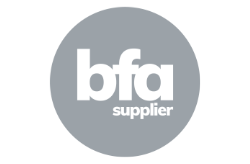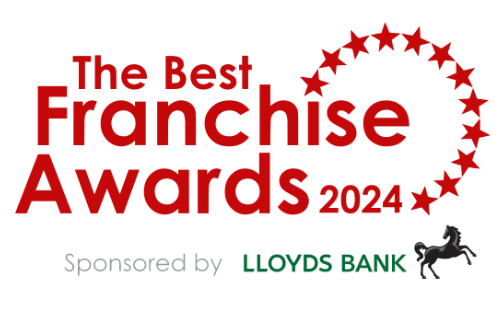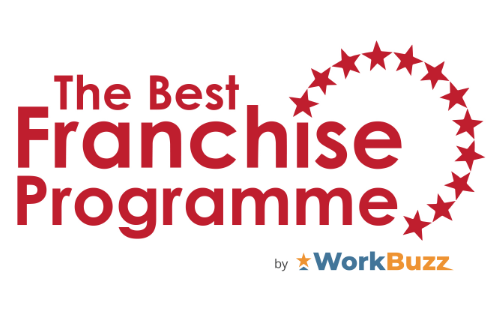Over the last few months, we have been working with a new customer who had identified through the discussions with us that 3 existing systems could be amalgamated into one, saving time and money for them and their franchisees. However, as the discussions have become more in-depth we have identified some other systems being used that we could simplify further and in time will introduce a Mobile App that will streamline the business further.
So that has got me thinking about how many systems franchisors use and whether they can be amalgamated or streamlined. There are many great technologies out there that complement and integrate with others, such as franchise management systems, mapping software, accounting software and of course any number of Microsoft or similar ones to name just a few.
With the advent of new technologies since the 1990s, when I started in franchising, businesses would have looked at which systems could help them – after all at the heart of any franchise is a system of business. Over the years various systems have been employed to do something in a more streamlined way. However because of the way things were these systems often did not ‘speak’; to each other. Over the years the advent of APIs has led to these systems integrating and this has been at the heart of what we and others like us do.
So the question to franchisors is – ‘When did you last take a look at the systems you use and how can they be improved upon or streamlined?’ So here are some things to consider:
- Identify Pain Points: Start by identifying the pain points and inefficiencies in your current systems and processes. Are there any bottlenecks, redundant tasks, and areas where manual work slows down productivity? The example of spreadsheets is a good example of a system that can be streamlines
- Set Objectives: Define clear objectives for streamlining your business. Determine the key outcomes you want to achieve, such as reducing costs, improving productivity, enhancing customer experiences, or increasing overall efficiency.
- Conduct Technology Audit: Perform a comprehensive audit of the existing technologies and software applications being used in your business. Evaluate how each tool contributes to your business processes and whether they align with your objectives
- Prioritise Integration: Look for technologies that can seamlessly integrate with one another to create a more cohesive and efficient workflow. Integration between various systems can help eliminate data silos and streamline data transfer.
- Explore Automation: Identify tasks that can be automated using technology. Automation can significantly reduce manual work, improve accuracy, and speed up processes. For example, an automated response to any lead, whether that be for a new franchisee or a new customer
- Cloud Solutions: Consider moving some or all of your business operations to cloud-based solutions. Cloud technology provides scalability, flexibility, and accessibility from anywhere, which can streamline operations and reduce IT infrastructure costs.
- User-Friendly Interfaces: Ensure that the technologies you choose have user-friendly interfaces and are easy for employees to learn and use. Intuitive software reduces the learning curve and can increase adoption rates.
- Scalability and Future-Proofing: Select technologies that can scale as your business grows and adapt to future needs. Investing in future-proof solutions can save time and resources in the long run.
- Data Security and Compliance: Ensure that the technologies you use comply with relevant data security and privacy regulations. Protecting sensitive data is crucial to maintaining trust with customers and avoiding potential legal issues.
- Training and support: Provide adequate training and support to franchisees and all staff when implementing new technologies. A well-trained team can maximise the benefits of the new tools and overcome potential resistance to change.
- Measure and Optimise: Continuously monitor the impact of the implemented technologies on your business processes. Use data and analytics to measure improvements and make necessary adjustments for further optimisation.
- Remember that technology streamlining is an ongoing process. As your business evolves and new technologies emerge, periodically review and update your technology stack to stay efficient and competitive in the market.
Once you have undertaken these steps you can make an assessment of what you need and how you can get there to streamline your systems.

































